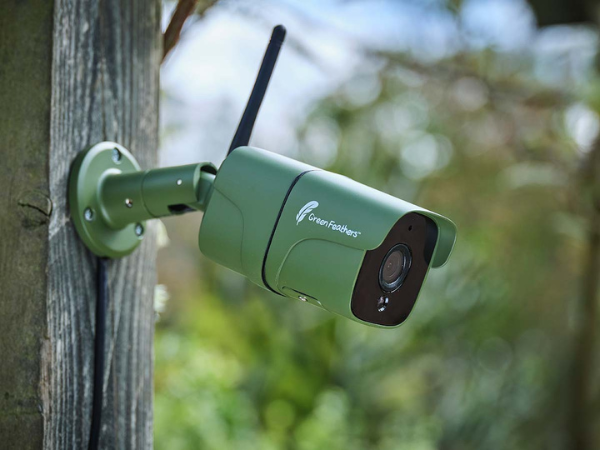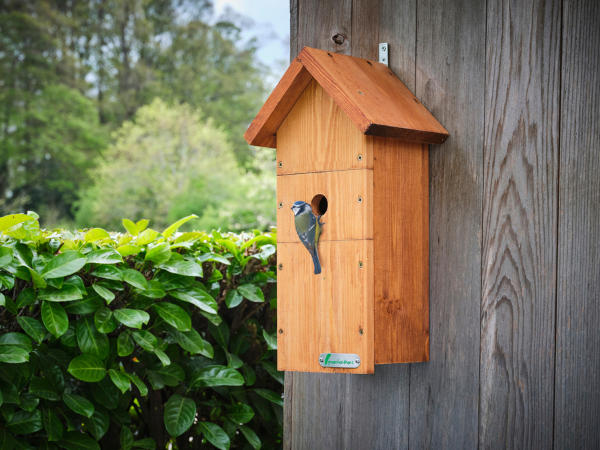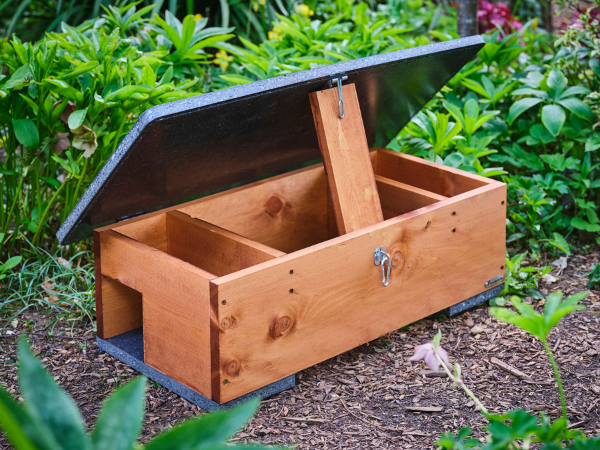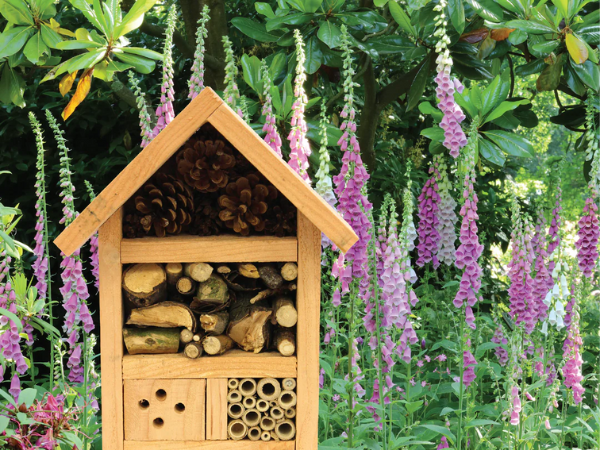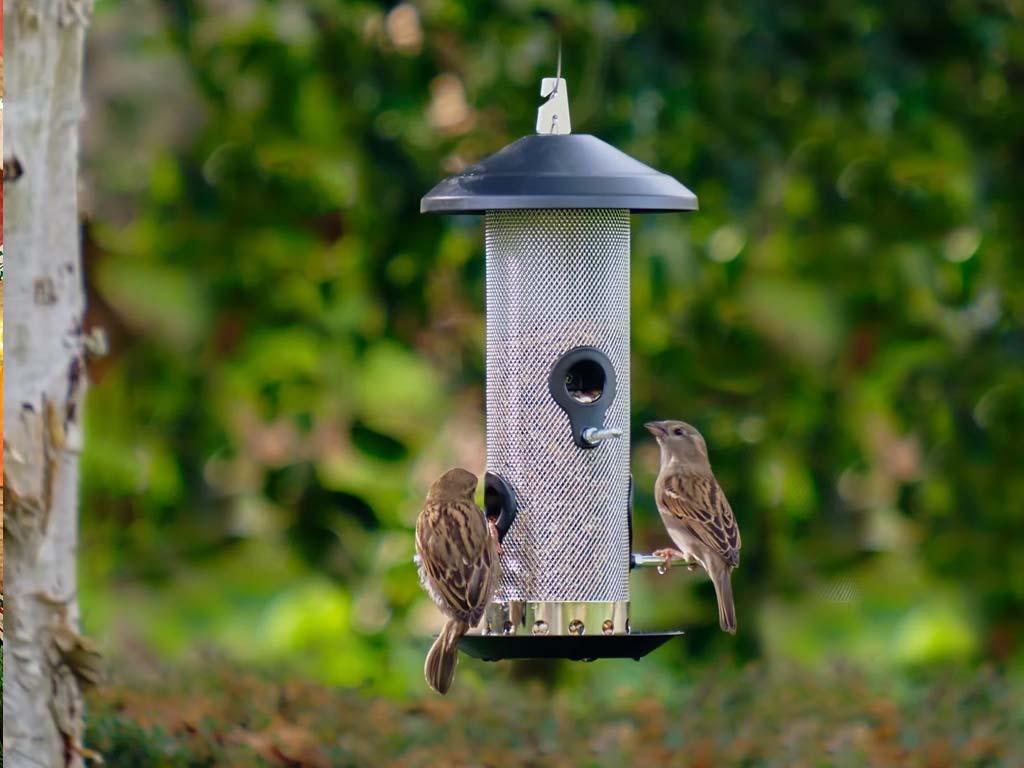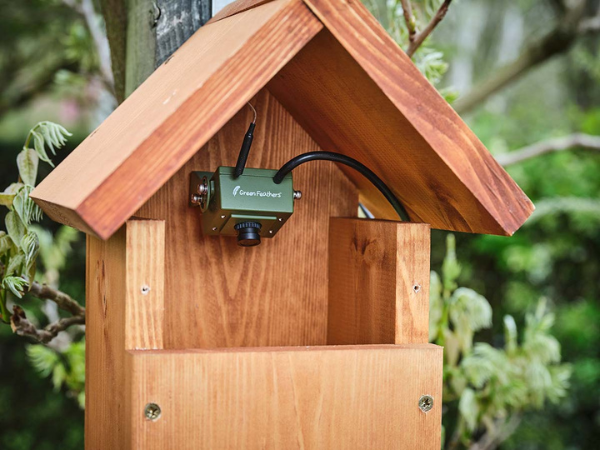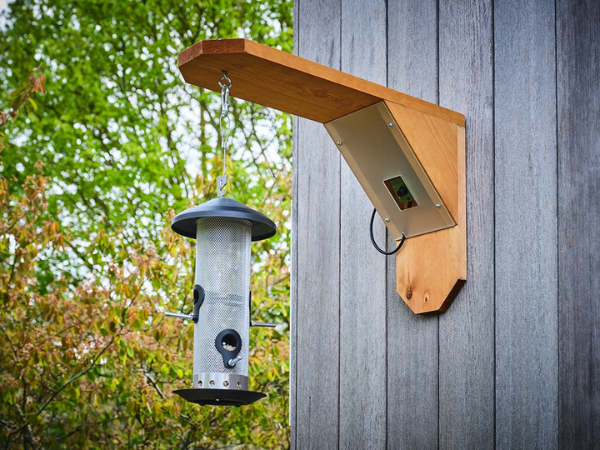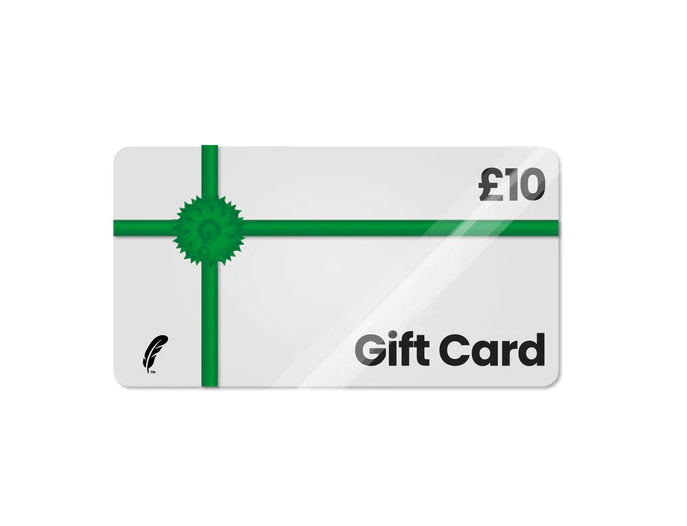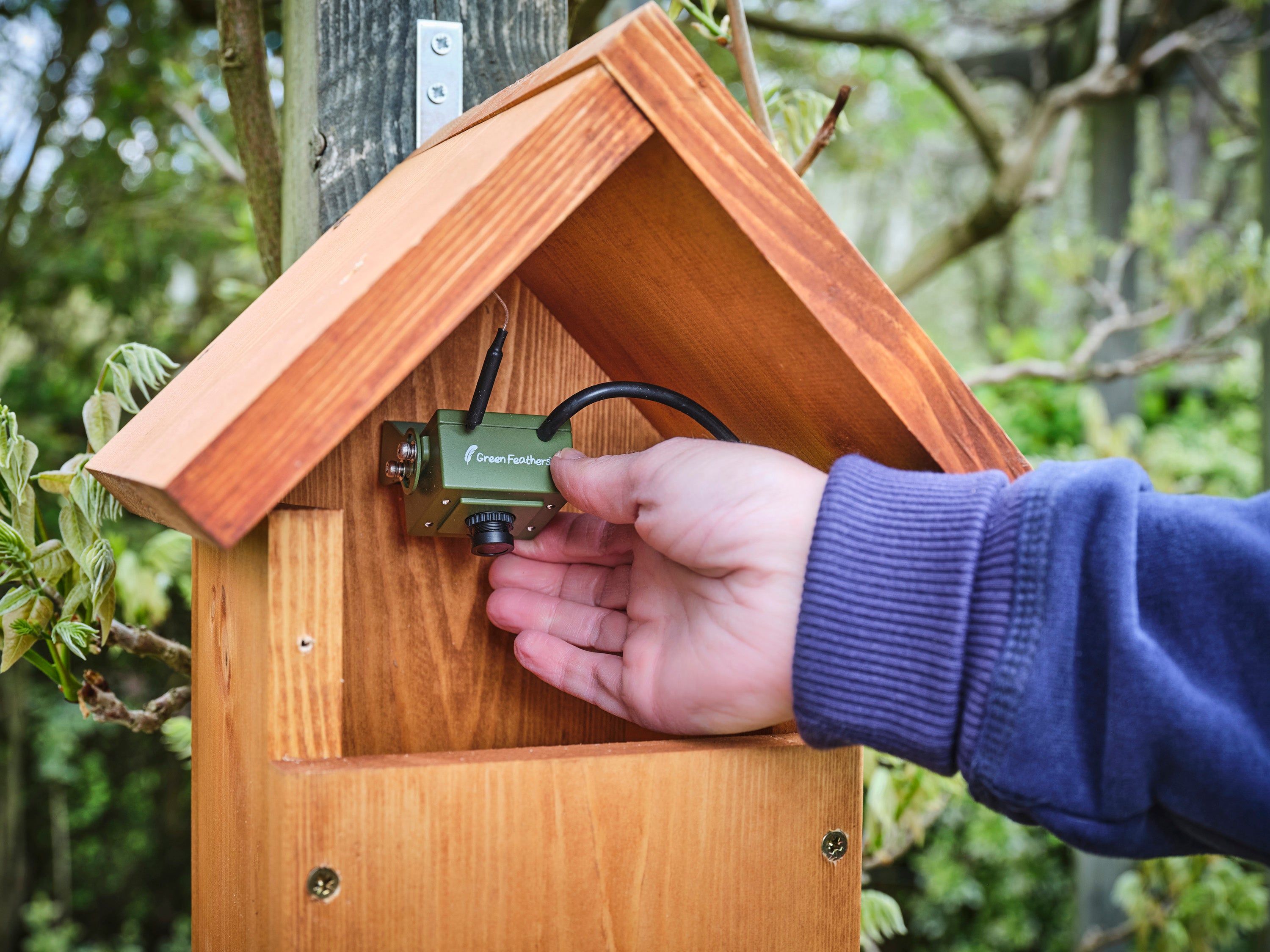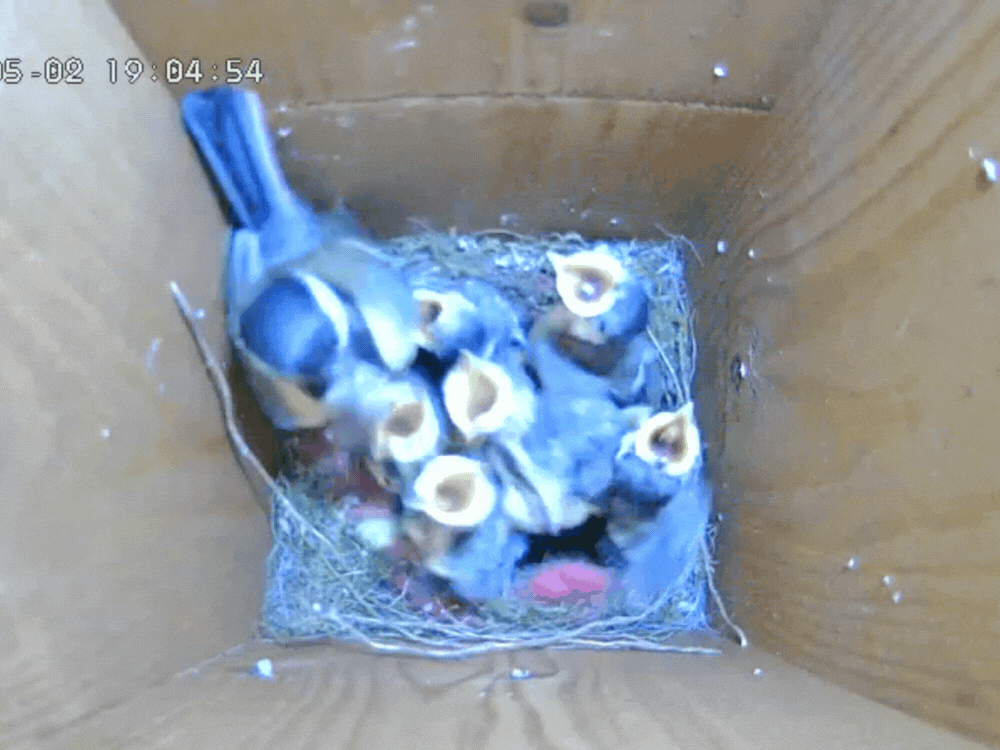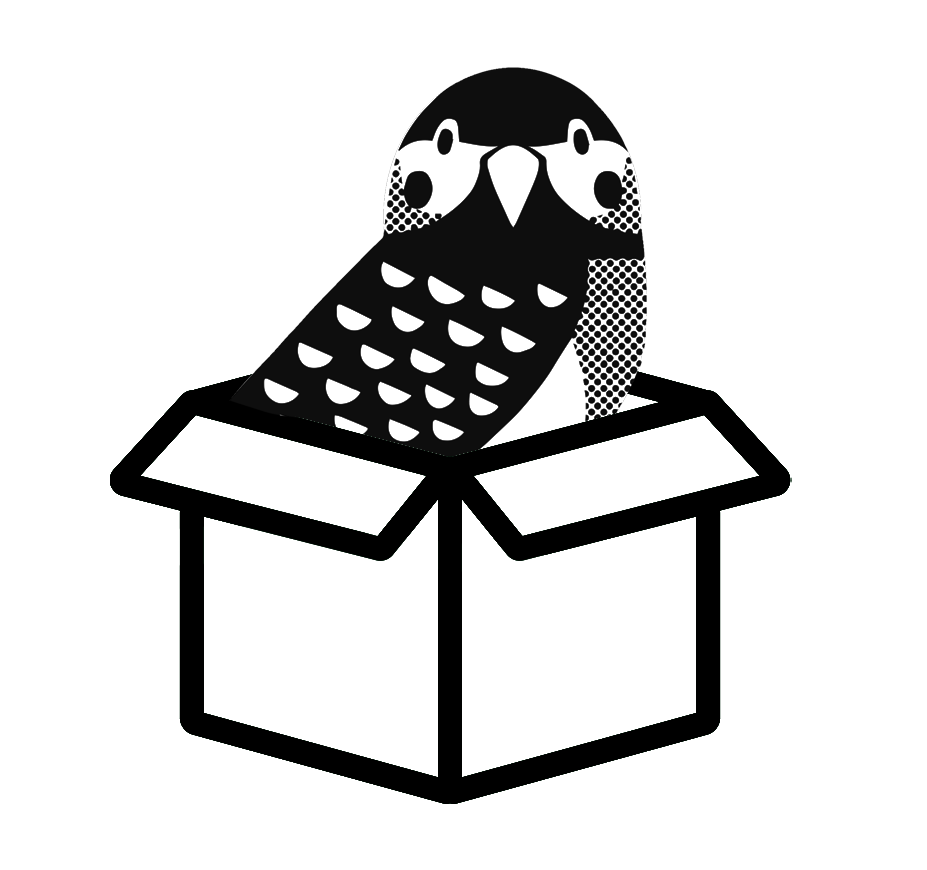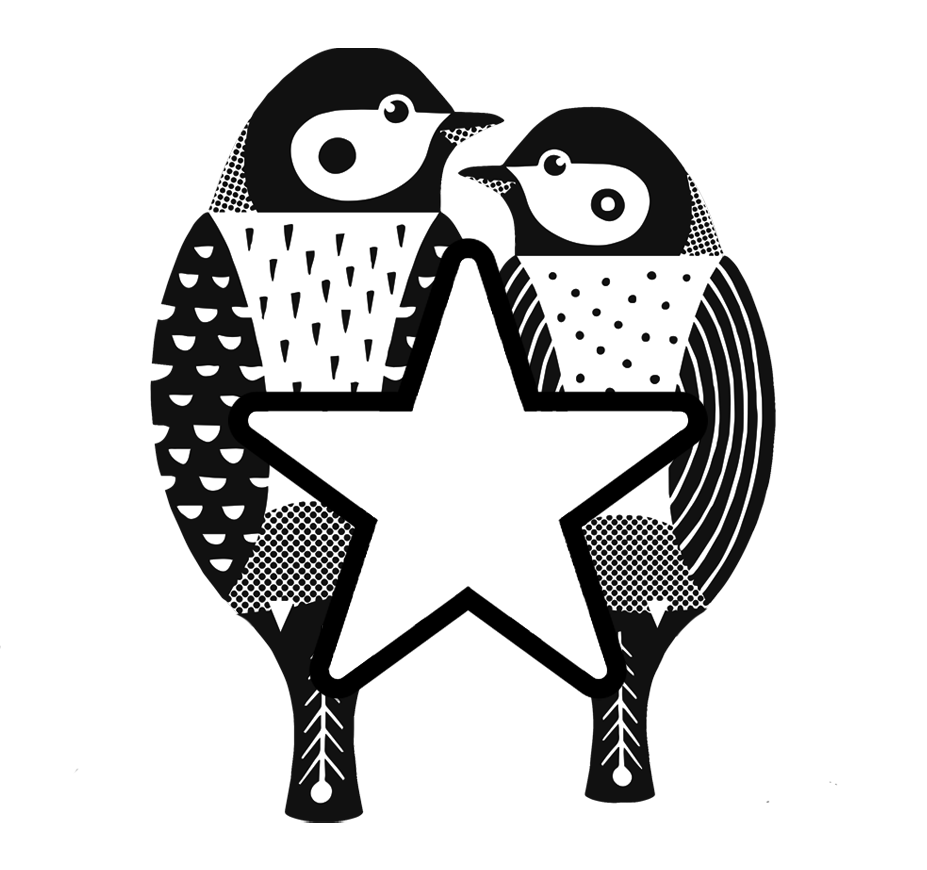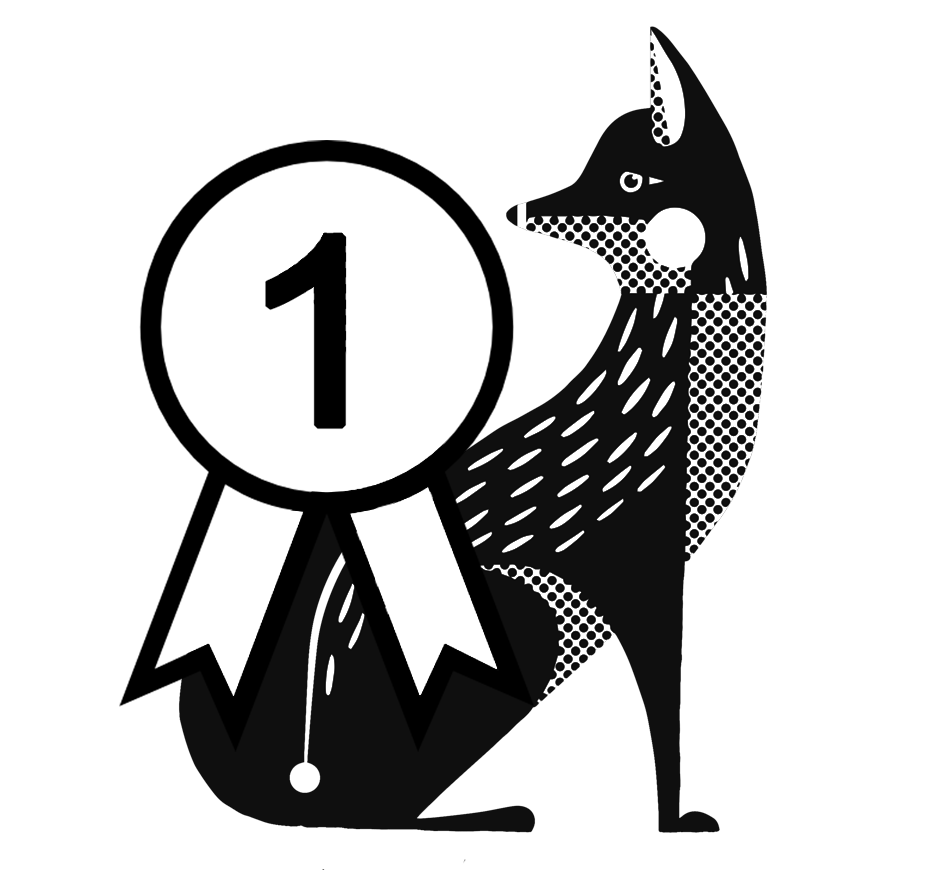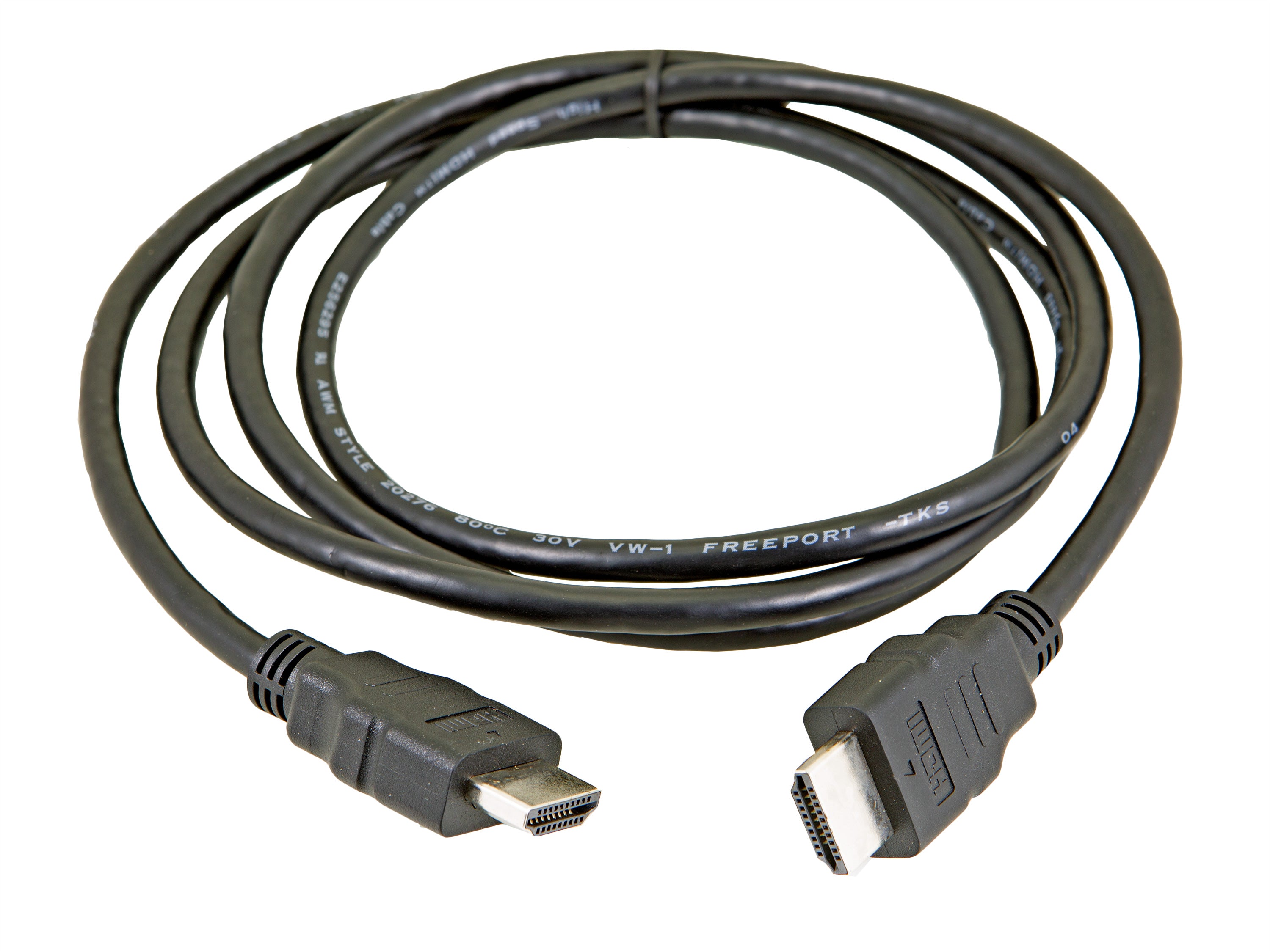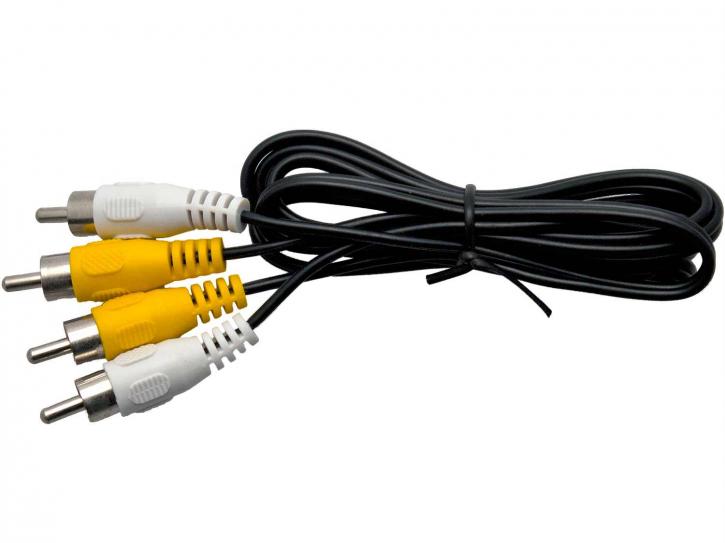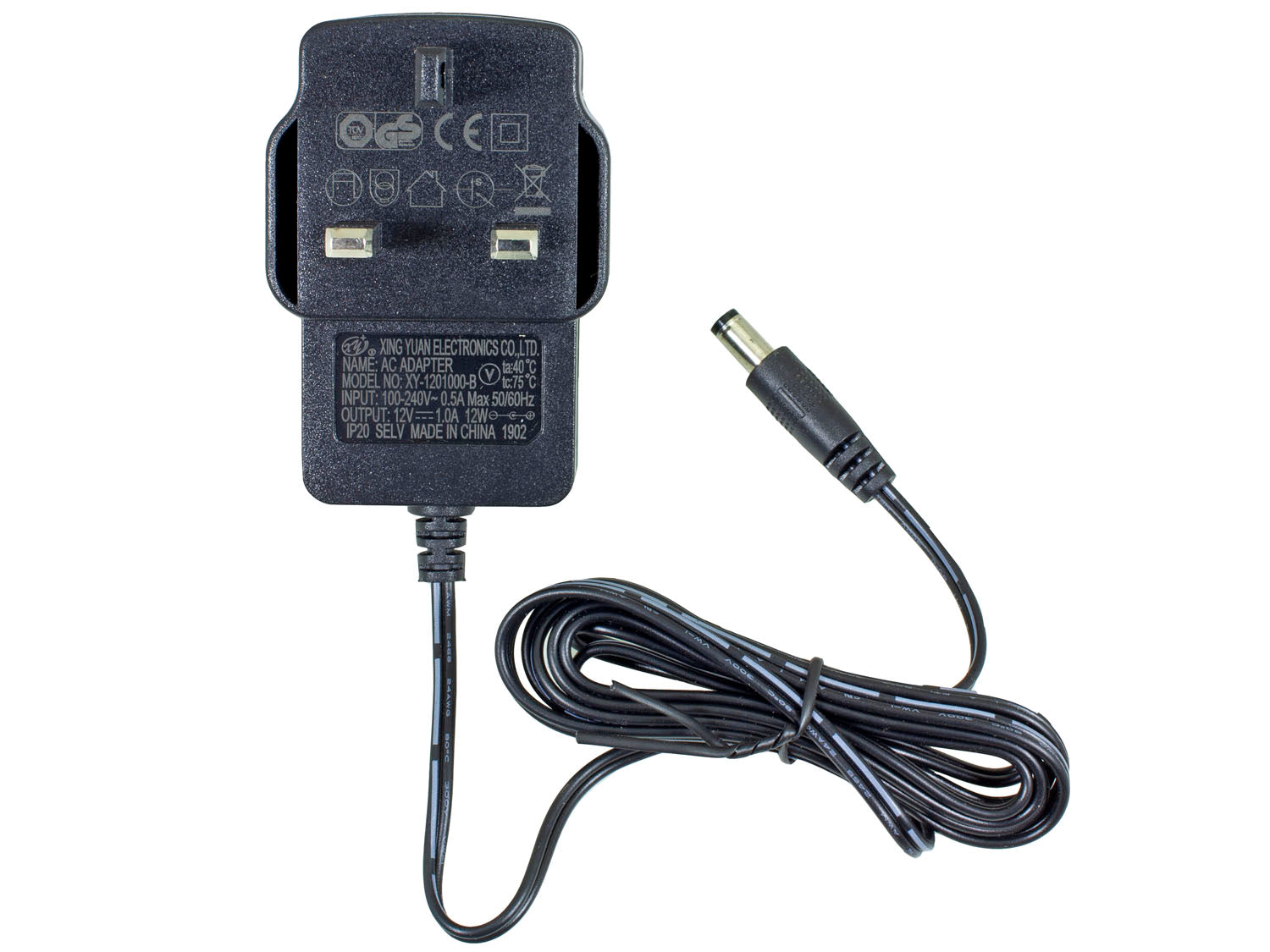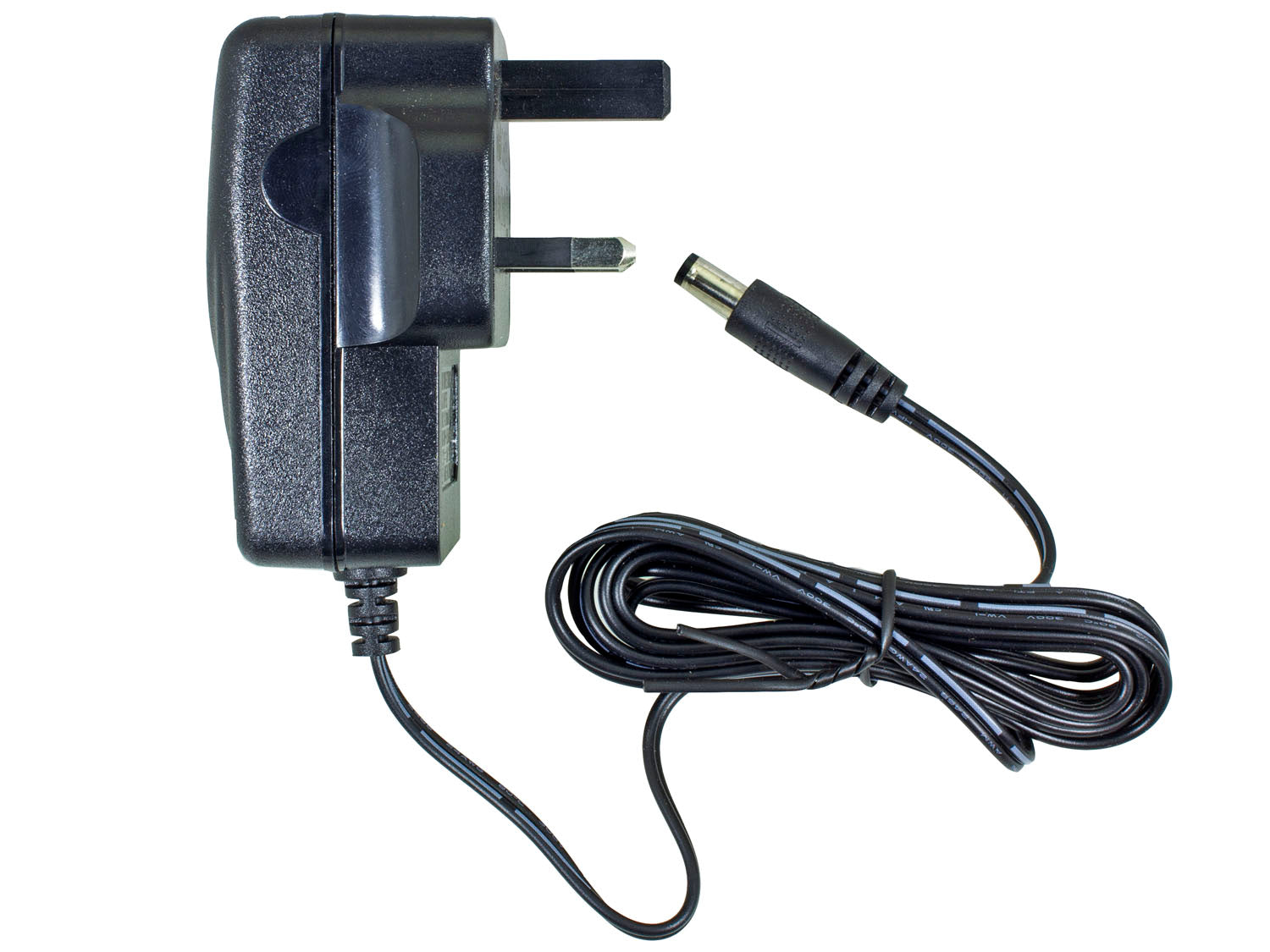Providing food for wild birds with bird feeders is a simple way to support local ecosystems and enjoy the wonders of nature right in your garden. After all, birds play a crucial role in maintaining a balanced environment, acting as pollinators, seed dispersers, and natural pest controllers!
By offering a supplemental food source, you can help create a wildlife friendly garden by helping to sustain bird populations, especially during harsh weather conditions or when natural food sources are scarce.
Plus, bird feeding is a delightful hobby that brings joy and tranquillity to gardens. So if you’re getting started with bird watching we’ll walk you through how to build a DIY bird feeder with eco-friendly and readily available materials, and also talk about some ready-to-install options that are also sustainable for any garden and bird enthusiast!
Bird feeder materials
When it comes to creating an eco-friendly bird feeder, the materials you choose are crucial. Opting for sustainable and natural materials not only reduces your environmental impact but also provides a safer and healthier environment for our feathered friends. Here are some excellent eco-friendly options:
Recyclables
Repurposing items destined for the landfill is an excellent way to create a bird feeder while reducing waste. For example, tin cans can be transformed into unique and functional feeders. Simply clean them thoroughly, cut openings for the birds to access the food, and add perches. These materials are durable, weatherproof, and readily available.
Natural materials
Nature provides an abundance of materials that can be used to craft beautiful and eco-friendly bird feeders. Consider using materials like:
- Pinecones: Spread with peanut butter or suet and rolled in bird seed, pinecones make excellent hanging feeders.
- Bamboo: Sturdy and sustainable, bamboo can be woven or carved into various feeder designs.
- Logs: Drill holes into a log and fill them with seed or suet for a rustic feeder.
Avoiding plastics and harmful materials
While some plastics can be repurposed, it's best to avoid using new or non-recyclable plastics, as they can release harmful chemicals and contribute to environmental pollution. Additionally, steer clear of materials like lead, which can be toxic to birds if ingested. Opt for natural, biodegradable materials whenever possible.
By choosing eco-friendly materials for your bird feeder, you not only provide a safe and healthy environment for your feathered visitors but also contribute to a more sustainable future for our planet.
DIY eco bird feeder ideas
Making your own bird feeder is a fun, eco-friendly project that allows you to get creative with repurposed materials. Not only is it cost-effective, but it's also a great way to reduce waste and teach children about wildlife conservation. Plus, you can even pair them up with our bird watching accessories so you can light up your bird feeder or use our bird feed mix!
Here are some simple DIY eco friendly bird feeders designs that you can easily make at home:
1. Milk carton bird feeder

Materials
- Empty milk cartons (be sure they’re made of recyclable or bio-circular materials!)
- Scissors or a craft knife
- Twine or string
- Wooden dowel or stick
Instructions
- Clean the milk carton thoroughly and remove any labels.
- Cut a rectangular opening on one of the side panels, leaving a perch at the bottom.
- Punch or cut two small holes on the top of the carton, opposite sides.
- Thread the twine or string through the holes and tie a knot at the end to create a hanger.
- Insert the wooden dowel or stick through the bottom of the carton to create a perch.
- Fill the cartoon with bird seed and hang it from a tree or a secure location.
2. Toilet roll bird feeder
Materials
- Empty toilet paper rolls
- Peanut butter
- Bird seed
- Twine or string
Instructions
- Coat the outside of the toilet paper roll with peanut butter or suet, leaving a small section in the middle uncoated.
- Roll the coated toilet paper roll in bird seed until it's completely covered.
- Cut a piece of twine or string and tie it around the uncoated section in the middle.
- Hang the toilet paper roll bird feeder from a tree or a secure location.
3. Pinecone bird feeder
Materials
- Pinecones
- Peanut butter or suet
- Bird seed
- Twine or string
Instructions
- Tie a piece of twine or string around the pinecone to create a hanger.
- Spread peanut butter or suet all over the pinecone, making sure to cover it completely.
- Roll the coated pinecone in bird seed until it's fully covered.
- Hang the pinecone bird feeder from a tree or a secure location.
These DIY bird feeder ideas are not only eco-friendly but also provide a fun and engaging way to attract feathered friends to your backyard. Get creative with different materials and shapes, and enjoy watching the birds flock to your homemade feeders.
Concerned about birds not stopping by? There are a few reasons why birds may not visit your bird feeder:
- The feeder is in a noisy area
- Predators may have easy access to the feeder which may be putting off birds
- The bird feed is unsuitable
- It’s placed in a high traffic area
- It’s a new feeder - so birds need time to adapt!
Bird feeder kits
Time constraints, lack of craftiness or simply not wanting to build your own eco bird feeder are all valid. That’s why we offer bird feeder camera kits. Equipped with an HD camera for amazing footage playback - you can stock our eco bird feeder with seeds or other bird feed of choice, and connect the camera to the Green Feathers app to watch birds stop by for a nibble!
What bird feed should I use?
When it comes to filling your eco-friendly bird feeder, there are numerous options to consider. The type of seed or food you provide can attract different species of birds and cater to their specific dietary needs.
1. Bird seed mix

One of the most popular choices for bird feeders is a high-quality seed mix. These mixes typically contain a blend of various seeds, such as sunflower seeds, millet, thistle, and safflower seeds. Some common seed mixes include:
- Sunflower seed mix: Predominantly sunflower seeds, which are loved by many bird species.
- Finch mix: Includes a high proportion of nyjer or thistle seeds, which are favoured by finches and other small birds.
2. Fruits, nuts and mealworms
In addition to seed mixes, you can also offer natural food options to attract different types of birds. Some excellent choices include:
- Suet: A high-energy food made from rendered animal fat and bird seed. Suet is particularly appealing to insect-eating birds like nuthatches, and chickadees.
- Fruits: Fresh or dried fruits like oranges, grapes, and raisins can attract fruit-loving birds like orioles, robins, and waxwings.
- Nuts: Unsalted and shelled nuts, such as peanuts, almonds, and walnuts, are enjoyed by jays.
- Mealworms: Live or dried mealworms are a protein-rich treat that appeals to many insect-eating birds.
Bird feeder placement and location
Proper placement of your bird feeder is crucial for ensuring the safety and well-being of the birds, as well as maximising their visibility for your enjoyment. When selecting a location, consider the following factors:
- Shelter: Birds feel more secure when they have easy access to nearby trees, shrubs, or dense foliage where they can quickly seek shelter from potential predators. Position your feeder within a reasonable distance from these natural cover sources, ideally within 2-5 metres.
- It’s also important to position the feeder in a location that offers some protection from harsh weather conditions. Look for areas with partial shade or shelter from strong winds, heavy rain, or direct sunlight, which can cause seed spoilage or discomfort for the birds.
- Height: Hang or mount your feeder at a height that provides a clear line of sight for you to observe the visiting birds while also ensuring their safety from ground-dwelling predators.
- A height of 5-10 metres is generally recommended, but you can adjust based on your specific circumstances and preferences.
- Predator protection: Avoid placing feeders too close to areas where predators like cats, squirrels, or hawks may easily access them. Provide ample space around the feeder to allow birds to quickly escape if threatened. Consider using baffles or other deterrents to discourage unwanted visitors.
- Visibility: If you plan to observe the birds from inside your home, place the feeder within a reasonable distance from a window, but not too close to avoid potential collisions. A distance of 3-5 metres from the window is generally recommended.
- If this isn’t possible - our bird cameras will do the trick!
- Ease of maintenance: Choose a location that allows for easy access and maintenance, such as refilling the feeder or cleaning the area around it. Avoid placing the feeder in hard-to-reach areas or areas that may become overgrown with vegetation.
Frequently asked questions about DIY eco bird feeders
How often should I clean my bird feeder?
We recommend cleaning your bird feeder every two weeks to prevent the buildup of moisture, mould, and bacteria. Use a mild soap and water solution, and be sure to thoroughly dry the feeder before refilling it with fresh seed.
Will a bird feeder attract unwanted pests or animals
Bird feeders can potentially attract squirrels - depending on your location. To deter these unwanted visitors, use feeders designed to be squirrel-proof, and consider adding baffles or other deterrents. Keeping the area clean and removing any spilled seed can also help.
How do I prevent seeds from spoiling?
Store your bird seed in a cool, dry place, and only fill your feeder with enough seed for a few days at a time. Regularly cleaning the feeder and discarding any old or mouldy seed is also crucial.
We hope our eco-friendly bird feeder building tips have got you ready to get crafty! Want more bird feeding tips? Check out the Green Feathers blog.




